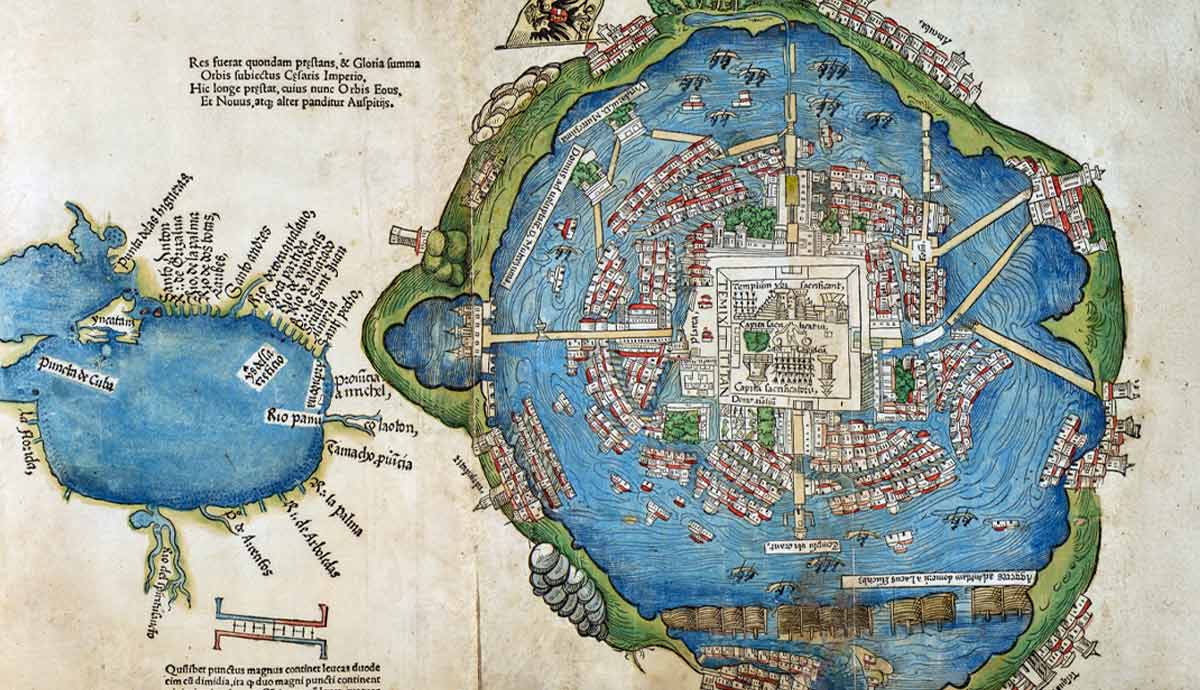
Build any list of famous World War II battles, and Stalingrad easily ranks amongst the top five. The scale, ferocity, and effort that went into this fight are staggering. The fighting raged even deep in the city cellars, so German soldiers called it “Rattenkrieg” or Rat’s War. For most scholars, the official dates for Stalingrad are August 23, 1942, to February 2, 1943.
The Prelude: June 1942

The march up to World War II’s bloodiest battle began with the Wehrmacht’s 1942 summer offensive. Defeated at Moscow the previous December, Hitler split Germany’s army Army Group A and B – Moscow could wait. Starting June 28, 1942, Army Group B in the Ukraine, with primarily German troops, fought westwards towards the Volga River and Stalingrad. The Soviet dictator, Joseph Stalin, ordered the city held at all costs. The Red Army fought back, but the Germans outflanked any defenses, racing for their target. They reached Stalingrad and points north and south on August 23. The same day, the Luftwaffe dropped 1,000 tons of bombs, wrecking about 90% of the city.
Stalingrad’s Importance: September and October 1942

Stalingrad was a major industrial Soviet city. Here tank factories manufactured fifty percent of all T-34s. The city’s steel mills produced artillery, the T60 light tank, and other goods. Stalingrad was also a crucial transport hub, connecting Russia with the north and east. Oil from Baku, Grozny, and the Caucasus came through here. The German and Russian generals realized that river traffic would stop should Stalingrad fall, cutting the Soviet Union in half. For this very reason, capturing the city became a priority.
The fighting grew heavier through September and October, completely pounding the city to rubble. The Luftwaffe flew over 900 daily sorties, bombing both sides of the Volga. The Soviets could only resupply at night. Hand-to-hand combat in cellars, wrecked buildings, and sewers became the norm.
Rattenkrieg and Attrition: August – November 1942

Stalingrad’s urban warfare was unlike anything the Germans had encountered. The rubble and ruined buildings provided effective concealment. Vicious fighting ranged from roofs to confined basements; sometimes, the Soviets and Germans occupied one building, shooting at each other. The “Rat’s War” or Rattenkrieg, as the Germans coined the fighting, sometimes came down clearing rooms by bayonets. Many Russians fought to the death.
The battle evolved into a numbers game. The newly formed Soviet 62nd Army was Stalingrad’s main army. Trapped against the Volga, the Russians ferried enough replacements across the Volga to slow the Germans despite the artillery and aerial poundings. The lightly armed Russian units kept close to the German ones so that artillery couldn’t be used without injuries.
Throughout September, the German Sixth Army launched repeated assaults. By September 27, the Germans occupied Stalingrad’s southern part. By October 14, they split the defenders in half, controlling over 90% of the city. The Sixth Army lost 60,000 men killed from August to November. The Soviets’ losses were greater but could be replaced.
The Pride of Two Dictators

Stalingrad quickly became a contention of pride for both leaders. Neither could bear or afford the other side to win – despite their armies suffering. Perennially paranoid Stalin knew should the Red Army be vanquished, a coup d’etat may occur. Since 1941, Russian military casualties numbered in the millions in multiple defeats. One this glaring could be the last. To stiffen resistance, he issued the decree “Not a Step Back!” Any who surrendered could be shot. Plus, this city on the Volga bore his name. A defeat simply could not stand.
Hitler’s prickly pride won over military sense. Despite the Wehrmacht command staff’s advice, he ordered more units into the Stalingrad meatgrinder. Hitler also realized a defeat would finish any momentum gained from his 1941 victories.
Encirclement and a Colossal Soviet Victory: February 1943

Fate came for the Wehrmacht on November 19, 1942. For weeks, the Germans noticed signs of a vast Soviet buildup north of Stalingrad. Hitler responded with “keep attacking.” And the Red Army attacked. Using a plan from Stalin’s favorite general Zhukov, a two-pronged attack around the city, the Soviets crushed the weak Hungarian, Italian , and Romanians guarding the Sixth Army’s flanks. By November 23, the Germans were encircled. Hitler forbade a breakout as Goering promised an aerial resupply but failed. The Sixth Army possessed little food or ammunition.
The Wehrmacht attempted to break the siege but could not break through. The Russians squeezed until the Sixth Army split in two. On February 2, 1943, Field Marshal Paulus surrendered his army. 250,000 German soldiers fought into Stalingrad, but only 91,000 surrendered. Thousands would die in Russian camps. This massive defeat marked a turning point in the war against Germany.










